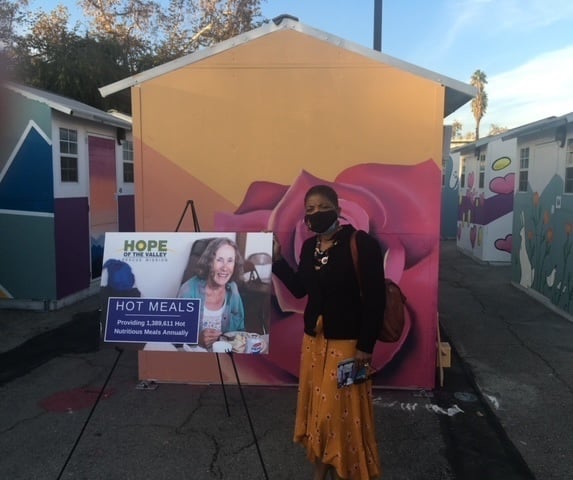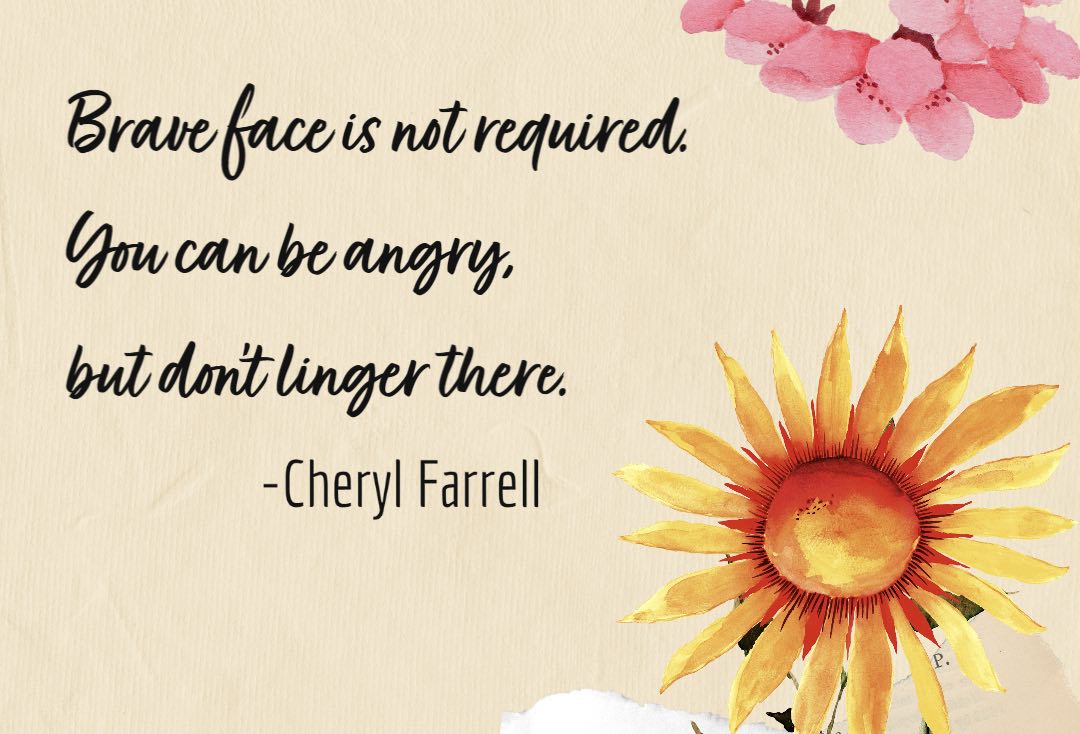Guest contributor Cheryl Farrell finds a metaphor for life in temporary housing.
Many of life’s changes come with an uneasy transition period—that state of limbo between where we are now and where we end up. Even the changes we want to occur have this unnerving stage. My wedding engagement decades ago is an example!
In the past, I’ve fantasized about Samantha Stephens’ magic on the TV sitcom Bewitched. With the twitch of her nose, she could instantly alter her situation. This avoids the in-between suffering, learning, and growing stuff during a transition. Unfortunately, with no TV special effects, we must somehow cope with reality.
My Cousin Harold
In fall 2018, my 71-year-old cousin Harold was living in one of his two vehicles near a public park. An educated man, he fell on hard times and chose a nomadic life. He refused support from family members. His choices exacerbated chronic health problems that led to his death.
I’m now the executor of Harold’s estate. I often wonder if the prospect of moving toward the unknown overwhelmed him to the point of cocooning in dire circumstances. What if he could have twitched his nose and immediately appeared in interim housing with a hot meal? I don’t mean to brush aside mental issues that kept him stuck, but there was help available.

Learn more about Hope of the Valley Rescue Mission and the Arroyo Seco Tiny Home Art Walk.
“The streets shouldn’t be the waiting room for permanent housing.”
–Ken Craft, Founder/CEO
Transition to Tiny Houses
I recently visited an open house at Hope of the Valley Tiny Home Village in Southern California. The organization’s mission is to “prevent, reduce and eliminate poverty, hunger and homelessness.” Their services are grounded in a deep respect for human dignity.
Tiny Homes in several “villages” is an innovative solution to a humanitarian crisis. The mini units are outfitted with practical housing features and social services are provided. Despite these benefits, I suspect some individuals are slow to make the adjustment—like my cousin.
Reluctance to move toward change is not unique to the unhoused. It shows up in our relationships, employment, fitness regimen, finances, and more. How can we get through the limbo stage with hopeful resolve? I offer three suggestions.
Three steps forward
-
Give yourself permission to dislike the change
- A brave face is not required; you can be angry, but don’t linger there
-
Take baby steps and seek help
- For example, consult your doctor before starting a new exercise program
-
Celebrate your success by helping someone who is facing the same challenge
- Model the way through change
The good news is that a transition (by definition) comes to an end.
The better news is that you’re not alone.

Cheryl Farrell
Cheryl Farrell is a corporate communications consultant and performance storyteller in Southern California. She has decades of experience in healthcare, education, and financial services. Cheryl was an original cast member of the Jeopardy! Clue Crew and toured the world appearing in more than 1,000 video clips. As a public speaker, she often examines how older black women excel at the intersections of race, gender, and age. Cheryl has a master’s degree in Communication Management from USC and a bachelor’s degree in economics from UCLA. She is married and has two adult children.
Photo credit - NiketaCH Photography
Connect With Us on Social Media!
RECENT FAVES
Tips for Hitting the Road with Your Furry Friends
Part 1 of Kathlene McGovern’s 2 part series on the best and safest ways to travel with your furry friends!
I’m Just Curious
Dove Rose give us ideas on how to stay curious! Keep it Fresh in the Kitchen, on the Drive and in your Life. New ideas to keep our mind alive!
Living Unhoused for a Week: Ken Craft Takes to the Streets
Ken Craft of Hope of the Valley lives unhoused on the streets of the San Fernando Valley for 100 hours and shares the challenges, insights and struggles he faced on this journey.




